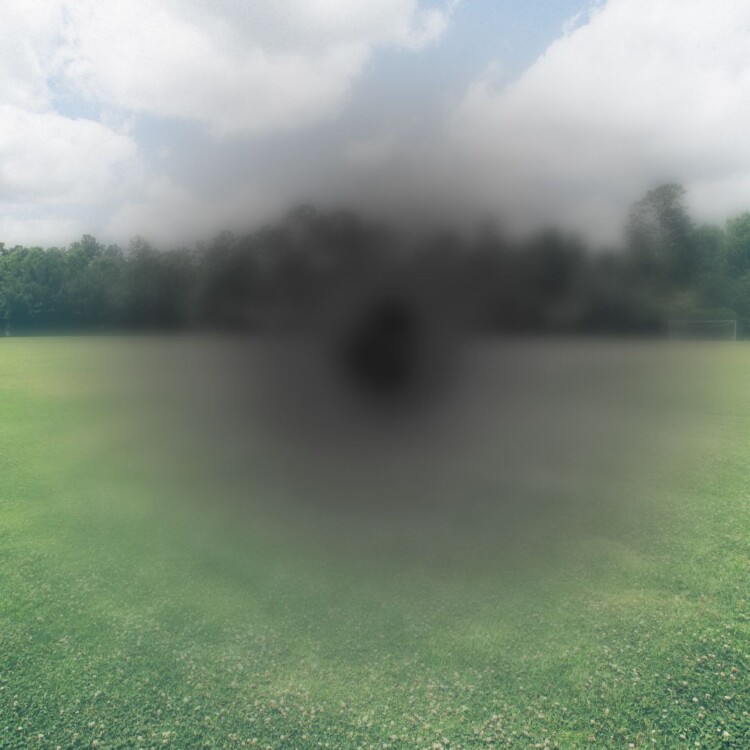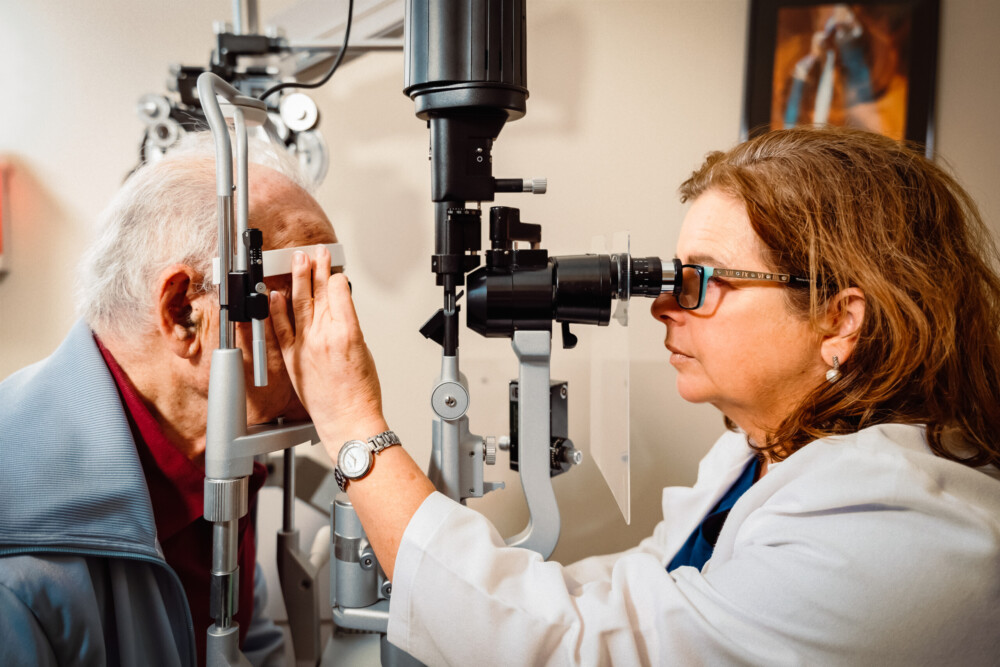February marks an important observance in eye health, as it is dedicated to raising awareness about AMD and low vision. As we move forward into this month, it becomes imperative to understand the significance of early detection; the challenges faced by those affected; and the resources available to support individuals dealing with AMD and low vision.
The Importance of knowing about AMD:
Age-Related Macular Degeneration is a leading cause of vision impairment among older adults. For AMD we need a month-long spotlight to educate the public about its prevalence and risk factors. Also, the impact it has on the lives of countless individuals. By dedicating February to AMD awareness, we aim to encourage regular eye check-ups, prompt diagnosis, and proactive management of the condition.
Understanding AMD:
AMD is a degenerative eye disease affecting the macula. This is the central part of the retina responsible for sharp and detailed vision. The condition can manifest in two main forms: dry AMD, characterized by slow progression, or wet AMD, which can lead to rapid and severe vision loss. Recognizing the symptoms and risk factors is crucial for early intervention and better outcomes.
Low Vision Awareness:
Alongside AMD awareness, February also sheds light on the challenges faced by those with low vision. Low vision refers to a significant visual impairment that cannot be fully corrected with standard eyeglasses, contact lenses, medication, or surgery. Acknowledging the impact of low vision on individuals’ daily lives is a key aspect of promoting empathy, understanding, and support within the community.
Promoting Early Detection:
Regular eye check-ups are paramount in identifying AMD at its early stages when intervention can be most effective. By encouraging individuals, especially those over the age of 50, to prioritize eye health, we can contribute to the timely detection of AMD and facilitate access to appropriate care and resources.
Resources for Support:
AMD and low vision awareness month serves as an opportunity to highlight the resources available for those affected. Vision rehabilitation services, assistive technologies, and support groups play a crucial role in helping individuals with AMD and low vision adapt to their visual challenges, maintain independence, and lead fulfilling lives.
Community Engagement:
Building a supportive community is vital for individuals facing AMD and low vision. Through community events, educational programs, and social media campaigns, awareness month initiatives aim to create an inclusive environment. This is where individuals can share their experiences, access information, and find encouragement.
As we embrace February as Age-Related Macular Degeneration and Low Vision Awareness Month, let us collectively take a step towards a world where eye health is prioritized. Those affected by AMD and low vision are met with understanding and support. This can be done by fostering awareness, encouraging early detection, and promoting inclusivity. We can contribute to improving the lives of individuals living with visual impairments and advancing the cause of eye health on a global scale.








